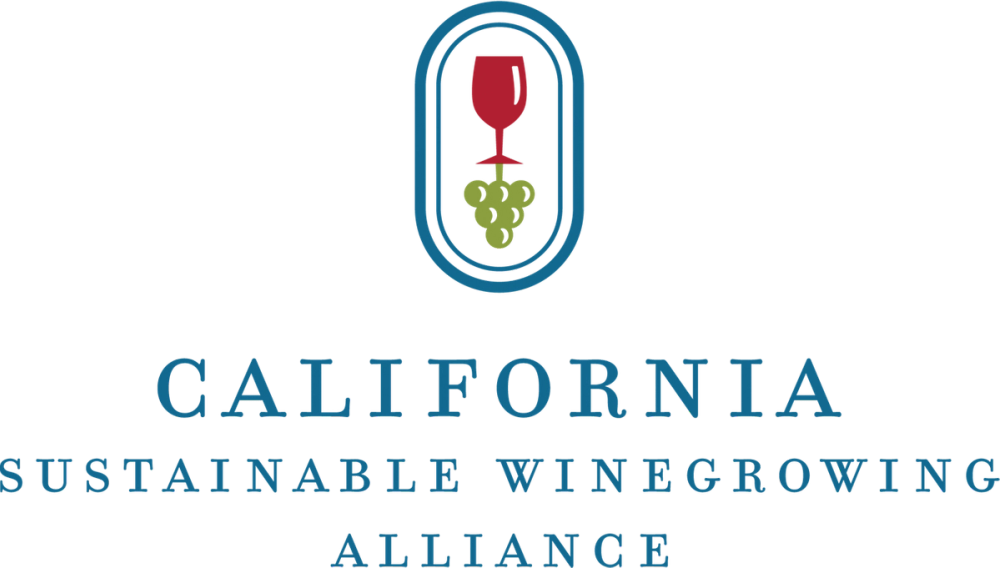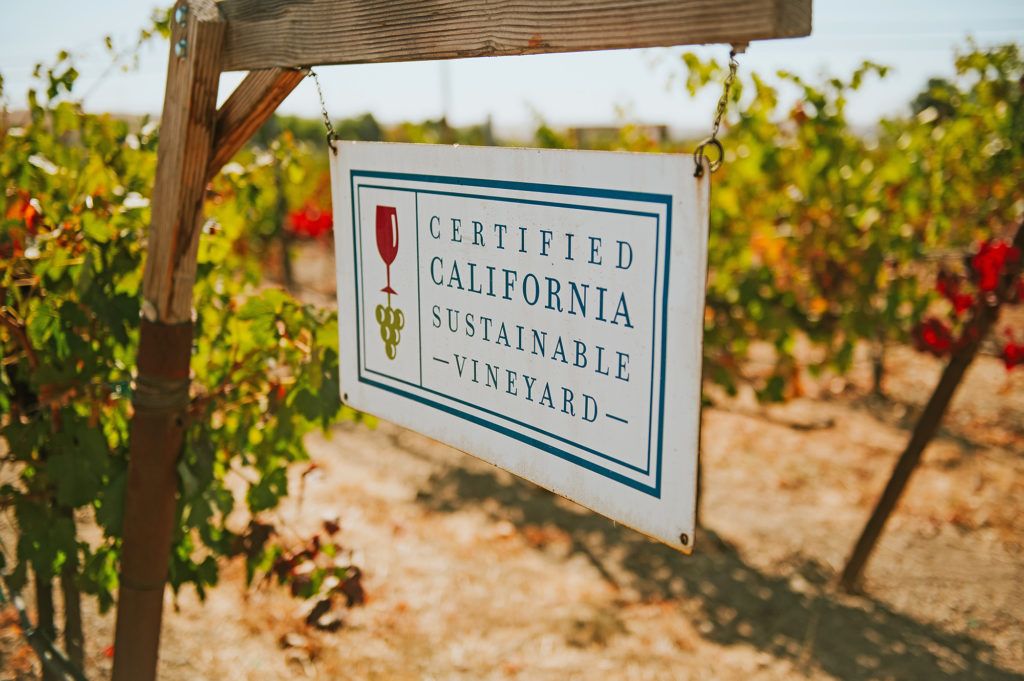It is 20 years since Allison Jordan helped set up the California Sustainable Winegrowing Alliance, a nonprofit organisation established by the California Wine Institute and the California Association of Winegrape Growers to promote sustainability from grapes to glass.
“The evolution of sustainable winegrowing in California has been amazing to work with,” says Allison Jordan on a recent visit to London. She should know as she has had more than just a ringside seat in that “evolution” but helped shape, manage and push it forward.
She first joined the California Wine Institute in 2003 and soon took on the role of managing its California Sustainable Winegrowing Program and in charge of developing and implementing the Certified California Sustainable Winegrowing scheme.
All of which, at the time, were ground breaking in their own right in terms of what was happening both in the US and around the world.

Allison Jordan has helped manage, grow, steer and inspire a collective spirit towards wine sustainability in California
Jordan says it was an inspiring and exciting time to be joining the wine industry. She explains: “What was unique is the two statewide organisations – Wine Institute and the California Association of Winegrape Growers – coming together to create CSWA and an educational program in 2003 to promote sustainability from grapes to glass and then certification in 2010 to provide a voluntary third-party certification option for vineyards and wineries. An option for certifying wine was added in 2017.”
United voice
But with so many sustainability and environmental schemes around the world is it not hard to speak with one true voice on the issue?
This is where Jordan points to the work the California Wine Institute and the California Sustainable Winegrowing Alliance is able to do as a member of FIVS.A body first set up in 1951 that has developed to become a global organisation designed to serve the wine, spirits, and beer sectors from around the world on public policy issues. Its members include producers, distributors, importers, exporters, and trade associations.In 2017 FIVS reorganised its work to fit within the “triple bottom line of sustainability,” taking into account significant economic, social, and environmental matters for the wine, spirits, and beer sectors.
It has essentially become the drinks industry’s collective voice to promote sustainability, and other global drinks-related issues, by providing a joint platform to share insights, but also present a united lobbying voice with key international economic, health and environmental organisations.
Considering the huge climatic and cultural differences around the world in which wine producers are trying to make wine, it makes sense, argues Jordan, for there to be so many individual schemes that are relevant to the conditions they are working within. FIVS has already developed a common definition and principles for sustainable winegrowing, and the hope is the FIVS can help provide a template, or benchmarks gleaned from all international schemes, that can then be tailored to individual regions or countries.

FIVS helps to bring together sustainability groups and organisations across the beverage sector
Which is why attending FIVS events, she stresses, is very much a two-way process where she is both sharing California data and information and picking up and learning from what is going on around the world.
“The overall industry globally has moved a long way in a short period of time,” she adds. While initially an industry-led effort, these certification programs help address interest by the big international retailers that are now asking for better sustainability practices from their suppliers.
In fact, wine now has the opportunity to take a competitive advantage over other drinks categories and show that when it comes to sourcing sustainable products then wine is leading the way, argues Jordan. “It has become the sustainable choice versus other beverage choices.”
But it is important the industry as a whole works out how best to communicate the big positive changes it is making so that the consumer is also aware and on that journey with us.
Taking the lead

Driving sustainability through certification is what makes California such a leading wine region around the world
But it is California that is still arguably leading the way across so many of the key sustainability measures and issues that need to be tackled globally.
Jordan says that is largely based on the collective spirit in California to put competition to one side and to find ways where the industry can all work together.
“This is not a competitive issue. We are looking to raise all boats,” she says.
“In California we are able to have a wide group of people sitting around the table discussing what those best practices are and how we need to keep on updating our own sustainability code to make sure it is relevant and credible,” she explains.
The result is the 500 plus page California Code of Sustainable Winegrowing Workbook which serves as both an educational, self-assessment tool for producers to follow and adopt, but also the basis of certification. The Code covers all aspects of sustainability from managing greenhouse gases, vineyard establishment, soil health, water and pest management through to the social and human impact covering all employment and employee issues.
“We have developed a series of templates, tools, and resources such as videos and case studies so that people can see what other similar businesses have done – providing peer to peer support,” she explains.
It has become a bit of a bible for those that use it and evolved, since 2017, to become the basis of certification, enabling wineries that are Certified California Sustainable Winegrowing and using grapes from certified sustainable vineyards to use the code’s logo on their packaging.

The California Sustainable Winegrowing Alliance provides an enormous amount of support to wineries and producers looking to improve their sustainability
In fact, it is more noticeable who is not part of the scheme as it now includes over 2,000 vineyardsand growers, that make up 40% of the total vineyard acreage in the state, and includes 200 wineries that make up to 80% of all wine being made in California. Some are not certified but are following the necessary practices.
Jordan is also quick to add that other environmental schemes in California, like LODI RULES, Napa Green, and SIP Certified cover another 22% of vineyard acreage.
“As the fourth largest wine producer in the world, the scale and impact of what we can do is tremendous, and through FIVS we can then share information and collaborate internationally. So we can say we are leaders in this space,” she adds.
She says the California Wine Institute also has a key role to play in identifying the major issues and obstacles that are stopping wineries and producers from doing more, and advocate for federal or state funding and support. Money can make the biggest impact.
“We can help with parts of that puzzle too,” she adds. “Our approach is very much the 80/20 rule. Where are we going to make the biggest difference? How can we make better use of technology? How can work with businesses and partners outside of wine?”
Jordan says he is even more excited about what the next few years can achieve and deliver both for the California wine industry, but the wine sector as a whole.
“Wine is on a mission,” she says. Its challenge is to make sure that mission is shared and communicated with the current and next generation of wine drinkers. “We need to find new ways to show the value of what we are doing.”
- If you want to find out more about the work of the California Sustainable Winegrowing Alliance then click here.
































